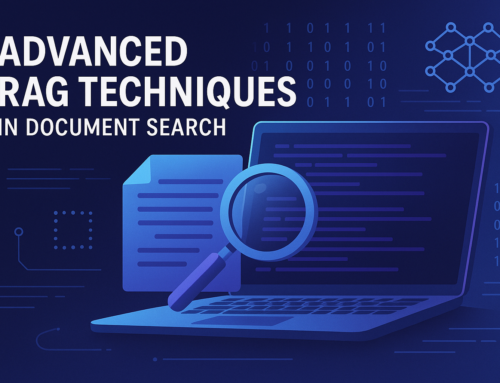Artificial intelligence (AI) multiagent frameworks enable the design and coordination of specialized agents for complex tasks like document retrieval, decision-making, or interactive applications. This article explores four prominent frameworks—Autogen (AG2), OpenAI Swarm, CrewAI, and LangGraph—analyzing their strengths, use cases, and limitations to help developers choose the right tool for their needs. (There are many multiagent frameworks, and more are being released every week it seems. But for this article, we focus on these four.)
1. Autogen (now AG2)
Autogen (the recent branch is AG2) is a Python-based framework that emphasizes autonomous agent collaboration. It enables agents to communicate dynamically, exchange information, and adapt based on real-time task demands. Its key features include:
- Agent collaboration: Agents can work in pairs or groups to achieve goals, dynamically adjusting their roles.
- Code-generation integration: Built-in support for LLMs to write and refine code iteratively.
- Use cases: Ideal for tasks involving problem-solving, creative collaboration, or automation requiring multi-agent feedback loops.
Advantages:
- Highly flexible for agent collaboration in complex workflows.
- Strong focus on tasks requiring iterative problem-solving.
Challenges:
- Limited out-of-the-box integrations for specialized tools like document retrieval or APIs.
2. OpenAI Swarm
OpenAI Swarm focuses on orchestrating specialized agents for modular workflows. It provides tools for building task-specific agents, such as retrieval-augmented generation (RAG), summarization, and data analysis.
Key Features:
- Agent orchestration: Supports workflows with a “triage agent” to distribute tasks to specialized agents.
- LangChain integration: Simplifies RAG and vector database setup for document processing.
- Use cases: Best suited for projects like document-based Q&A, report generation, or multi-step task execution.
Advantages:
- Strong support for retrieval-based workflows.
- Prebuilt integrations with open-source tools like Chroma and LangChain.
Challenges:
- Requires more manual configuration compared to other frameworks.
3. CrewAI
CrewAI is a multiagent framework tailored for teams of AI agents working on creative or decision-making tasks. Its emphasis is on user-friendly interfaces and streamlining collaboration between agents and humans.
Key Features:
- Human-in-the-loop collaboration: Facilitates seamless human-agent interactions for real-time feedback.
- Agent specialization: Allows customization of agents for distinct roles in tasks like brainstorming or negotiation.
- Use cases: Designed for tasks where creative collaboration or human oversight is critical.
Advantages:
- Intuitive design prioritizes ease of use for non-technical users.
- Strong focus on human-agent synergy.
Challenges:
- Less suitable for highly technical applications like RAG or SQL-based retrieval tasks.
4. LangGraph
LangGraph combines LLM-driven workflows with graph-based task orchestration. It focuses on creating modular workflows with well-defined dependencies and paths.
Key Features:
- Graph-based orchestration: Tasks are represented as nodes in a graph, making it easier to manage dependencies.
- Extensibility: Easily integrates with APIs, databases, and external tools.
- Use cases: Ideal for complex, multi-step workflows like data pipelines, document processing, or structured decision-making.
Advantages:
- Clear visualization of task dependencies.
- Extensible architecture supports diverse applications.
Challenges:
- May require steep learning curves for developers unfamiliar with graph-based models.
Key Comparisons
| Feature | Autogen | OpenAI Swarm | CrewAI | LangGraph |
|---|---|---|---|---|
| Collaboration Style | Dynamic agent pairs | Triage + specialists | Human-in-the-loop | Graph-based |
| Ease of Use | Moderate | Moderate | High | Moderate |
| Best Use Case | Problem-solving | Document retrieval/Q&A | Creative collaboration | Workflow orchestration |
| Integrations | Limited | Strong (LangChain) | Limited | Extensive |
Conclusion
Choosing the right multiagent framework depends on the task and workflow requirements:
- Autogen is ideal for iterative problem-solving and creative AI tasks.
- OpenAI Swarm excels in modular, retrieval-augmented generation workflows.
- CrewAI is perfect for projects needing intuitive interfaces and human-agent collaboration.
- LangGraph offers unparalleled control for complex, multi-step workflows.
Evaluate your project’s complexity, required integrations, and user base to make the best decision!
CtiPath can help you deploy AI agents to aid your staff.
Contact us today.





